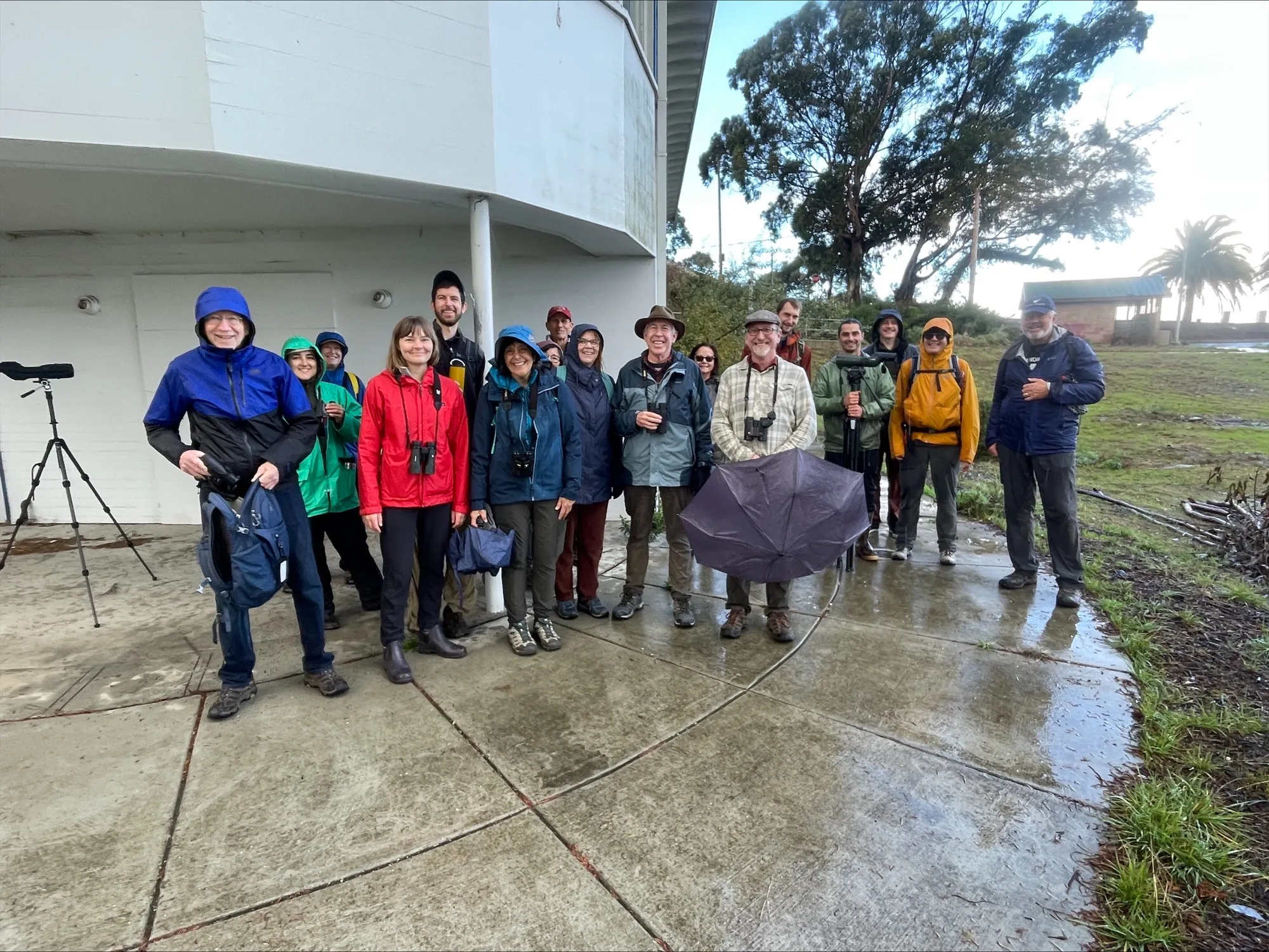Spring, when the warm sunlight melts away the chill of winter, is the season when nature awakens. Trees sprout fresh leaves, flowers bloom, and wildlife becomes more active than ever. Spring offers a perfect opportunity to immerse yourself in nature, discovering the vibrant and colorful world of wildlife. Are you ready to embark on this exciting journey?
Why Spring Is the Perfect Time to Explore Wildlife
Spring is not only a time of renewal and growth for plants but also a season of reproduction for animals. After a long winter of hibernation or hiding, many wild animals become active again, searching for food and preparing for mating season. This makes spring a prime time to observe and explore wildlife:
- The return of migratory birds: Many bird species migrate back north from the warm southern regions for breeding season in spring. This is the perfect time to admire colorful flocks soaring through the skies or perched on tree branches.
- Mating season: Spring marks the mating season for various animals. You can witness fascinating scenes like mother birds feeding their chicks, fawns taking their first steps, or butterflies fluttering playfully in search of mates.
- Pleasant weather: After enduring frigid winter days, spring brings warmer and more comfortable weather, making outdoor activities, such as wildlife exploration, more enjoyable. No need to worry about biting cold or soggy drizzle.
- Beautiful nature: Spring creates breathtaking landscapes with lush greenery, blossoming flowers, and radiant sunlight. These picturesque settings not only enhance your enthusiasm for exploration but also provide the perfect backdrop for wildlife photography.
Ideal Locations to Explore Wildlife in Spring
Choosing the right location is crucial for a successful spring wildlife exploration. Here are some suggestions for ideal habitats and destinations:
- National parks and nature reserves: These protected areas are home to thriving wildlife populations. With diverse ecosystems, they house many rare animal species. You can visit national parks like Yellowstone, Everglades, or Yosemite, or nature reserves like Monteverde Cloud Forest Reserve to explore springtime wildlife.
- Forests and mountains: Forests and mountainous areas are habitats for numerous wild species such as birds, mammals, reptiles, and insects. In spring, these areas burst with life, attracting animals looking for food and space for breeding. Locations such as the Appalachian Mountains, the Olympic National Forest, or the Great Smoky Mountains are perfect for exploration.
- Wetlands and coastal areas: Wetlands like marshes, ponds, rivers, and beaches are home to numerous water birds, fish, amphibians, and reptiles. Spring is the breeding season for many water birds, allowing you to observe nests, chicks, and their feeding habits. Protected wetlands like the Florida Everglades or coastal areas such as the Chesapeake Bay are ideal destinations.
- Rural areas and suburbs: Even in the countryside or suburban areas, you can explore wildlife in spring. Fields, orchards, ponds, drainage ditches, and gardens are habitats for small birds, insects, frogs, reptiles, and more. Walking or biking in these spaces or quietly observing wildlife in a garden can be rewarding.

Tips for Effective Spring Wildlife Exploration
To make your spring wildlife exploration more enjoyable and fruitful, consider the following tips:
- Research your location and target species: Before heading out, learn about the destination, the common wildlife in the area, and their active hours. This increases your chances of encountering your desired animals.
- Pick the right time: Wildlife is most active during early morning and late afternoon. These are optimal times to observe them eating or engaging in their daily behaviors. Plan your visit accordingly to maximize sightings.
- Move slowly and stay quiet: When exploring natural environments, move slowly and avoid making loud noises or sudden movements that may frighten animals.
- Bring binoculars and a camera: A pair of binoculars helps you observe wildlife from a distance without disturbing them. Cameras with telephoto lenses allow you to capture stunning images of your encounters.
- Dress appropriately: Wear comfortable, neutral-colored clothing that blends into the environment, and choose hiking or athletic shoes for traversing various terrains.
- Carry water and snacks: Wildlife exploration often involves extended periods of walking or standing still. Stay hydrated and maintain your energy by bringing sufficient water and snacks.
- Respect the environment and wildlife: Always keep the surroundings clean, avoid littering, refrain from disrupting plants, and never harm wildlife. Observe animals from afar and let them go about their natural behaviors undisturbed.
- Join eco-tourism tours or community events: To gain additional knowledge and experience, consider joining eco-tours organized by reputable organizations or participate in community events such as “Nature Discovery Day” or “Bioblitz.”
Common Wildlife to Encounter in Spring
Spring offers the chance to observe a variety of wildlife, depending on location and habitat. Below are some animals you might spot during the season:
- Birds: Spring is peak migration and breeding season for birds. You may encounter diverse species such as swallows, robins, orioles, woodpeckers, kingfishers, and water birds. Listen to their melodious chirping and admire well-built nests perched on branches.
- Mammals: Creatures like squirrels, rabbits, hedgehogs, and weasels become more active in spring after hibernation or winter hiding. Walking through forests or rural areas might bring sightings of young fawns or a bear and her cubs seeking food.
- Reptiles and amphibians: Warmer weather sees reptiles like lizards, snakes, and turtles, along with amphibians such as frogs, newts, and toads, emerge to hunt and breed. Look for them near streams, ponds, or under rocks and shrubs.
- Insects: Spring is a bustling time for insects. Butterflies, bees, dragonflies, and beetles buzz everywhere, pollinating flowers and searching for mates. Observe colorful butterflies near blooming flowers or listen for the hum of busy bees at work.
Exploring wildlife in spring is an incredible experience that connects you with nature and offers insights into the diverse world of animals. Get prepared, arm yourself with knowledge and skills, and start planning your spring adventure today!